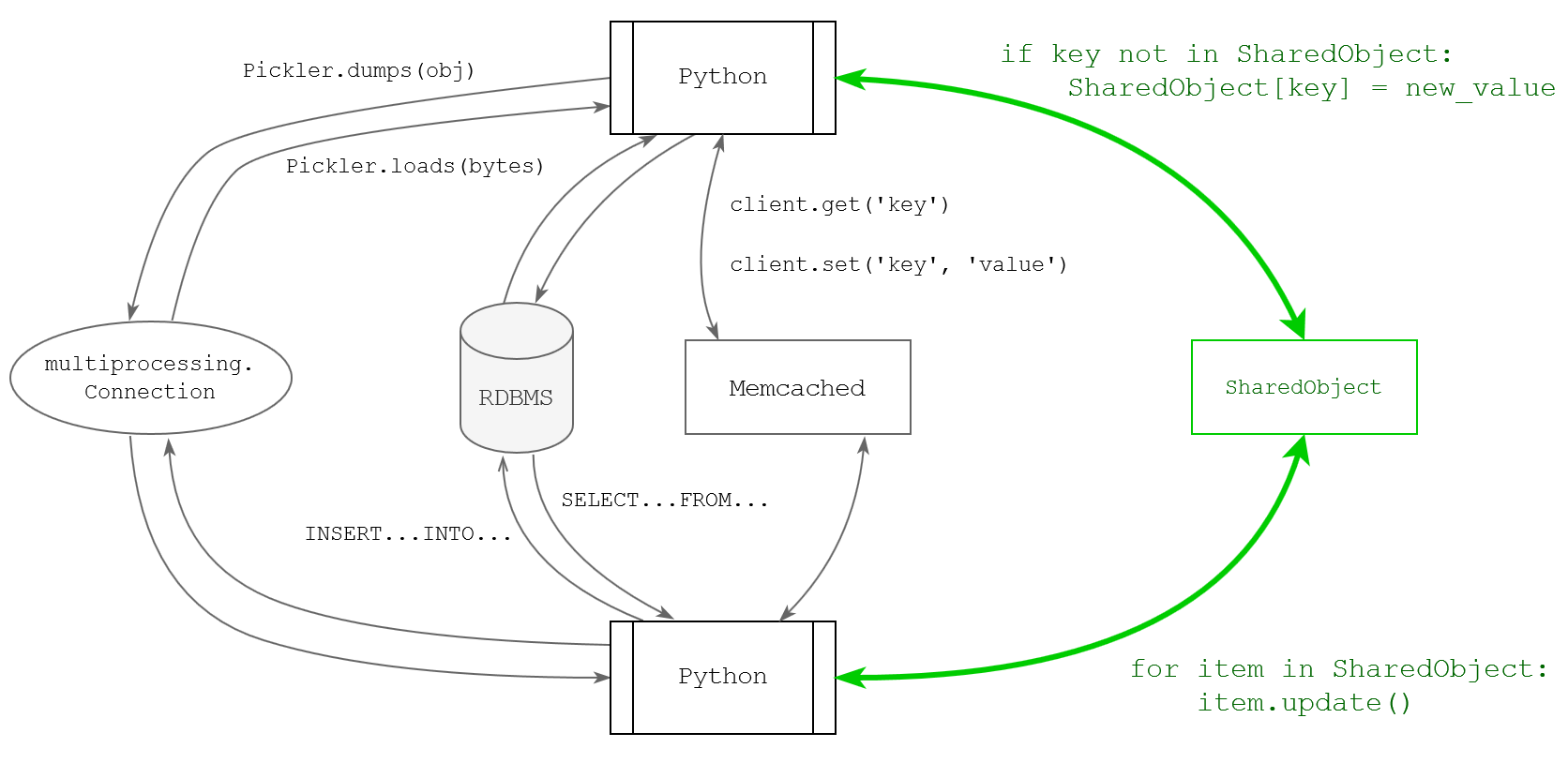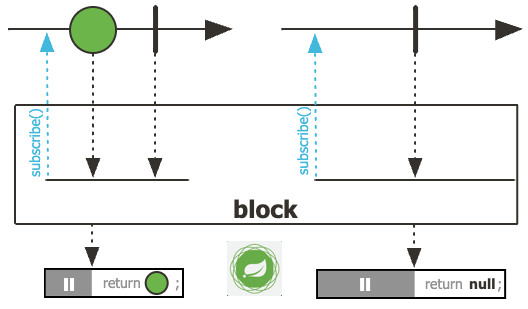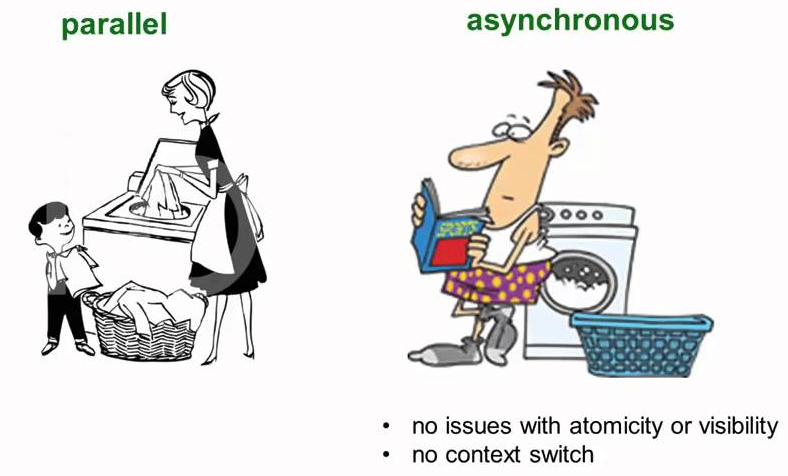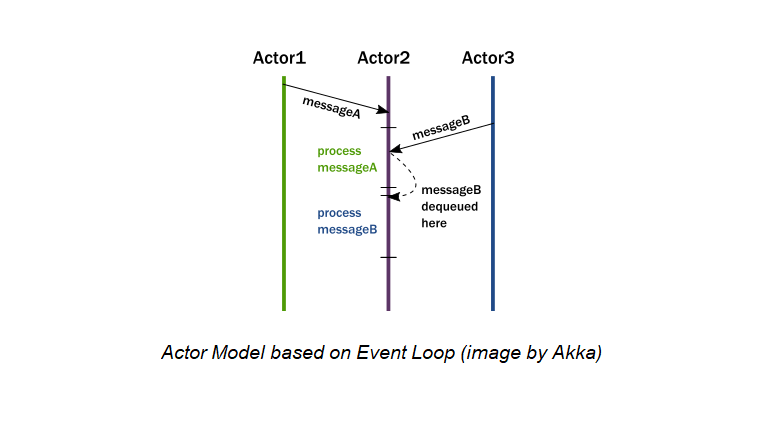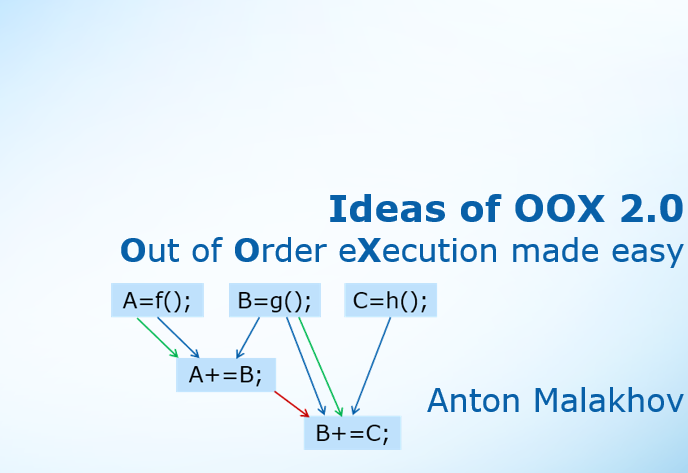Project repository.
Year old article about general concepts of the project.
So you want to build a multitasking system using python? But you actually hesitate because you know you'll have to either use multitasking module, which is slow and/or somewhat inconvenient, or a more powerfull external tool like Redis or RabbitMQ or even large DBMS like MongoDB or PostgreSQL, which require some glue (i.e. very far from native python code) and apply their own restrictions on what you can do with your data. If you think «why do I need so much hassle if I just want to run few worker threads in python using the data structures I already have in my python program and using functions I've already written? I just want to run this code in threads! Oh, I wish there was no GIL in Python» — then welcome to the club.
Of course many of us can build from scratch a decent tool that would make use of multiple cores. However, having already existing working software (Pandas, Tensorflow, SciPy, etc) is always cheaper than any development of new software. But the status quo in CPython tells us one thing: you cannot remove GIL because everything is based on GIL. Although making shit into gold could require much work, the ability to alleviate the transition from slow single-threaded shit to a slow not-so-single-threaded gold-looking shit might be worth it, so you won't have to rewrite your whole system from scratch.
